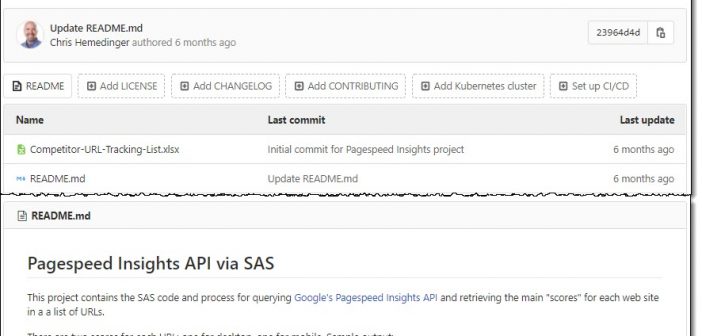
As you begin managing your SAS code and projects in Git, here are a few guidelines for how to organize your work and collaborate with others.

As you begin managing your SAS code and projects in Git, here are a few guidelines for how to organize your work and collaborate with others.
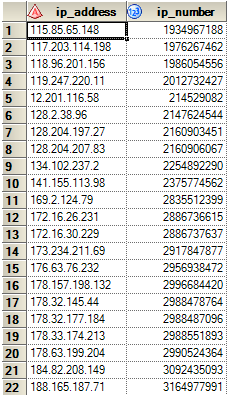
As citizens of the Internet, we are all familiar with IP addresses -- probably more so than our Internet founding fathers had ever intended. These addresses are typically represented in a 4-piece segmented list of numbers separated by dots. Here is an example: "149.173.5.120". Each segment is called an octet
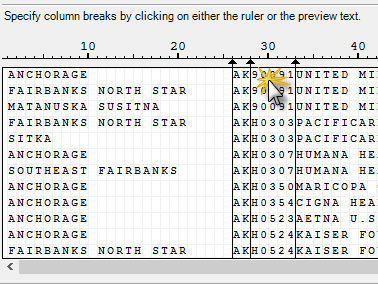
I'm a big fan of the Import Data task in SAS Enterprise Guide, especially for its support of text-based files (CSV, tab delimited, fixed width, and more). There's no faster method for generating SAS code that reads your data exactly the way you need it. I use the tool so
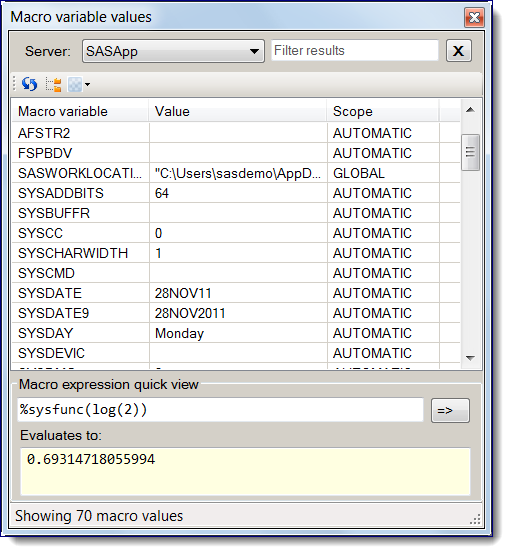
If you use SAS macro variables in your programs (who doesn't?), then the SAS Macro Variable viewer is immensely useful to see current macro var values.

This blog post could be subtitled "To Catch a Thief" or maybe "Go ahead. Steal this blog. I dare you."* That's because I've used this technique several times to catch and report other web sites who lift the blog content from blogs.sas.com and present it as their own. Syndicating blog
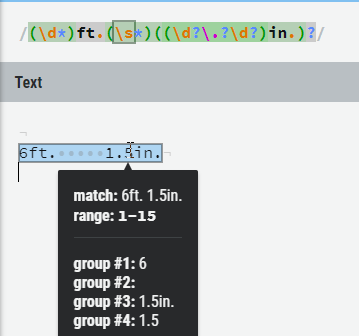
Regular expressions are a powerful method for finding specific patterns in text. The syntax of regular expressions is intimidating, but once you've solved a few pattern-recognition problems with regex, you'll never go back to your old methods.

SAS supports direct integration for Git from Base SAS (via functions), SAS Enterprise Guide, SAS Studio, and SAS Data Integration Studio. Read this article to learn how to use Git more effectively in your SAS processes.

Good news -- the SAS program that you wrote and put into production 10 years ago still works. Hey, it's SAS, so you probably take that for granted. But are those techniques from 2008 still the best way to accomplish your task? SAS 9.4, first released in 2013 and now
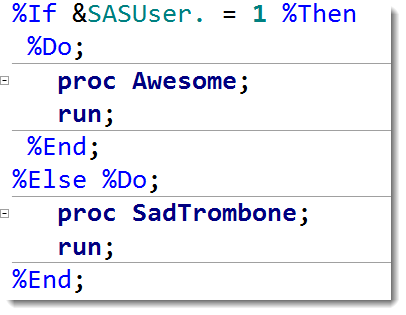
SAS programmers have long wanted the ability to control the flow of their SAS programs without having to resort to complex SAS macro programming. With SAS 9.4 Maintenance 5, it's now supported! You can now use %IF-%THEN-%ELSE constructs in open code. This is big news -- even if it only

I've used SAS with a bunch of different REST APIs: GitHub, Brightcove, Google Analytics, Lithium, LinkedIn, and more. For most of these I have to send user/password or "secret" application tokens to the web service so that it knows who I am and what data I can retrieve. I do